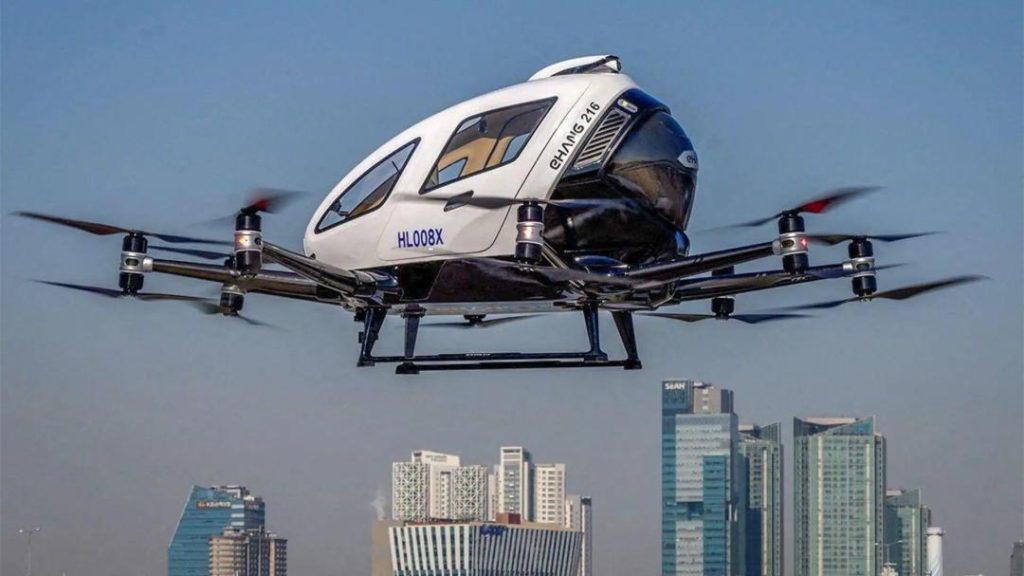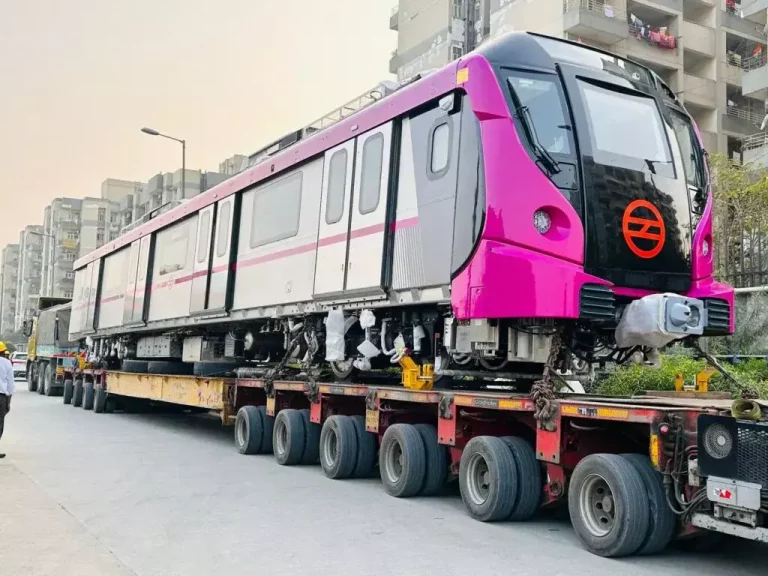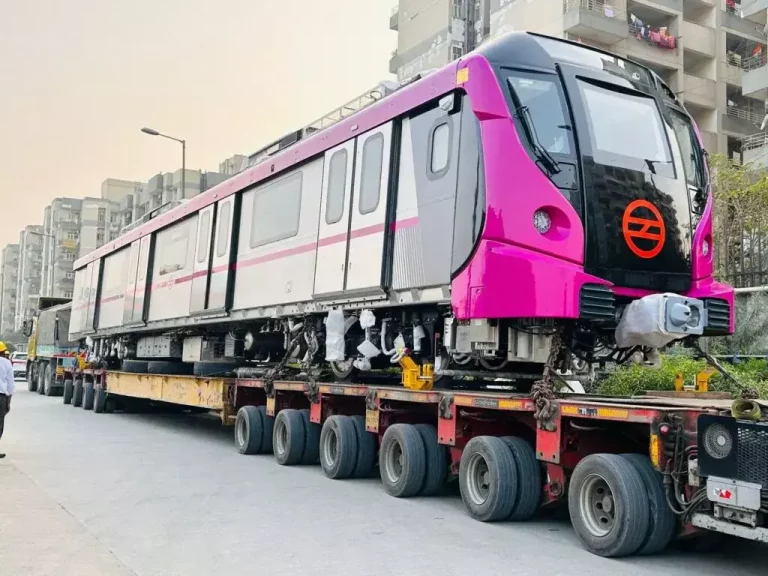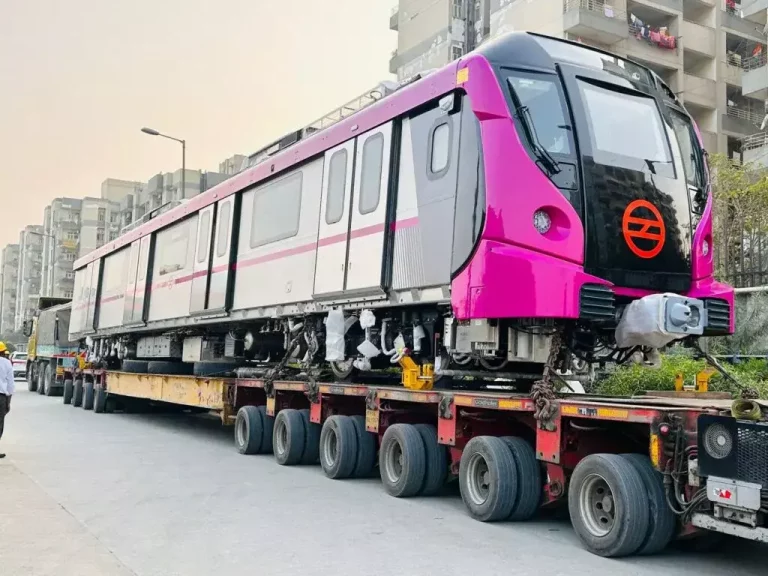
Commercial Flying Taxis Approved in China
China has taken a significant step towards revolutionizing urban transportation by granting approvals to two companies, EHang Holdings and Hefei Hey Airlines, to operate commercial flying taxis. This milestone marks a major breakthrough in the field of unmanned aerial vehicles (UAVs), commonly referred to as drones. The approvals will enable both companies to offer passenger services, including urban sightseeing tours, using their flying taxis.
The decision is expected to boost China’s low-altitude economy, which is projected to reach a staggering 1.5 trillion yuan (US$207 billion) by 2025. This development is seen as a major driver of growth in the country’s aviation industry, which has been growing rapidly over the past decade.
EHang Holdings, a leading Chinese drone manufacturer, has been at the forefront of developing electric vertical takeoff and landing (eVTOL) aircraft, commonly referred to as flying taxis. The company’s eHang 216, a two-seat, autonomous flying taxi, has been designed to transport passengers safely and efficiently. Hefei Hey Airlines, on the other hand, is a regional airline that has been operating commercial flights in China for several years.
The approvals granted by the Chinese authorities are a significant milestone for both companies. They will be allowed to operate their flying taxis in designated areas, such as tourist destinations, sports venues, and other locations where the demand for air travel is high. The services will be offered to the public, providing a new and exciting way to travel.
The commercial flying taxi services will be operated using autonomous technology, ensuring the safety of passengers. The eHang 216, for instance, is equipped with advanced sensors and navigation systems that enable it to navigate through complex terrain and avoid obstacles.
The approval of commercial flying taxis in China is a significant step towards the country’s goal of becoming a global leader in the development and deployment of UAV technology. China has been investing heavily in the field of drone technology, with the aim of creating a thriving ecosystem that can drive economic growth and innovation.
The low-altitude economy, which includes drone-based services such as package delivery, aerial photography, and surveying, is expected to play a major role in China’s economic development in the coming years. The approval of commercial flying taxis is seen as a major driver of growth in this sector, creating new opportunities for entrepreneurs and investors.
The approval of commercial flying taxis in China is also expected to have a positive impact on the environment. Electric-powered flying taxis are significantly more environmentally friendly than traditional aircraft, producing no emissions or noise pollution. This makes them an attractive option for urban transportation, where air pollution is a major concern.
In conclusion, the approval of commercial flying taxis in China is a significant milestone in the development of UAV technology. The decision will enable two companies, EHang Holdings and Hefei Hey Airlines, to offer passenger services using their flying taxis, boosting China’s low-altitude economy and creating new opportunities for entrepreneurs and investors. As the technology continues to evolve, we can expect to see more innovative applications of UAVs in various sectors, including transportation, logistics, and entertainment.



